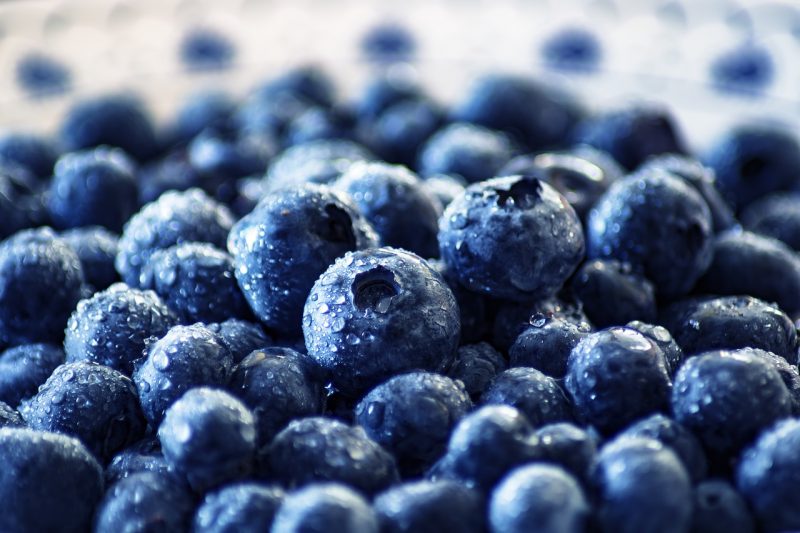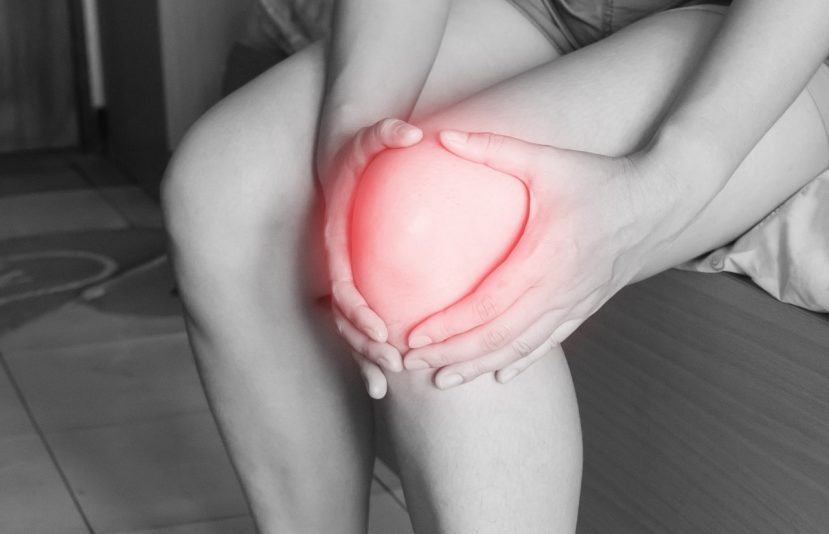One hundred grams of blueberries and 14 days.
This is the amount of blueberries and time needed to lower blood pressure (systolic) as well as medication, according to new research.
In fact, this research found that the “blue” in blueberries is an effective blood pressure treatment.
Here’s what you need to know about high blood pressure, blueberries, the studies, and your best Keto Zone source.
Is it Necessary to Lower Blood Pressure?
Is high blood pressure a problem?
According to the Center for Disease Control (CDC), one in three adults in the United States has high blood pressure.
Even more alarming, high blood pressure is the primary or contributing cause of over 1,100 deaths in the United States per day (1).
High blood pressure occurs when arteries become stiff, and no longer flex as needed to accommodate the pressure of blood flow.
Unfortunately, without proactive intervention, blood pressure typically worsens with age.
What’s the “Blue” in a Blueberry? Anthocyanin
For years investigators have believed that anthocyanins impart a beneficial effect on health and endothelial function.
These compounds have strong antioxidant effects and are responsible for the color of red, purple, and blue fruits and vegetables.
What’s more, blueberries contain many other healthful compounds including other polyphenols, vitamins, antioxidants, and fiber.
Researchers have also found cognitive improvements with blueberry consumption (2).
The Research: Blueberries & High Blood Pressure
The current research encompassed several smaller studies, both in humans and animals (3).
In all, 5 studies were conducted. The details of each were as follows:
Study #1:
Twenty healthy men received a drink of wild blueberry powder in water twice each day for 28 days. At the same time, 20 healthy men received a similarly flavored and colored drink with no blueberry powder.
The researchers measured flow-mediated dilation (FMD) after 28 days. This is a measurement of endothelial function and how well blood flows through arteries.
Study #2:
As a follow-up study, researchers studied 5 volunteers to evaluate the effect of the wild blueberry drink on FDM at 7-day intervals. It was measured at day 7, 14, 21, and 28.
Study #3:
The researchers asked 5 volunteers to consume one of five different drinks per week. The drinks included:
- A control drink
- A control drink with fiber
- A control drink with a mix of vitamins and minerals
- A drink with 160 mg of pure anthocyanins
- A drink with 11 grams of wild blueberry powder
The investigators measured FMD in this study before and at 1, 2, and 6 hours after consumption.
Study #4:
Ten volunteers consumed anthocyanin capsules. Five different capsule strengths were used: 0 mg (control), 80 mg, 160 mg , 240 mg, 320 mg, and 480 mg anthocyanin.
The participants consumed 1 capsule per day, on days 1 week apart.
The researchers measured FMD before consumption of capsule as well as 2 hours after, and 6 hours after it was consumed.
Study #5:
The researchers measured the bioactivity of anthocyanin metabolites circulating the blood of mice.
The Results
Based on the first study, systolic blood pressure dropped an average of 5.6 mg Hg in the 20 test subjects by day 28 of the study. Diastolic blood pressure did not statistically change.
What’s more, the wild blueberry drink containing 150 mg anthocyanin increased FMD by 1.5% two hours after consumption. After 28 days of ingesting 150 mg anthocyanin, FMD increased by 2.3%.
Incredibly every increase of 1.0% FMD equates with a 10% drop in cardiovascular disease risk. The 2.3% drop, then, reduces risk by over 20% (4).
The study comparing different drinks found that the isolated anthocyanins were as effective as blueberries with anthocyanins. The fifth study on mice also confirmed that anthocyanin metabolites in the arteries increased FMD.
Of note, the FMD improvements were strong in the first two weeks of treatment and then plateaued after 2 weeks of consumption.
In conclusion, just 2/3 cup daily blueberries or 150 mg anthocyanins and 2 weeks were needed to lower blood pressure and improve FMD.
Are Blueberries a Keto Zone Food?
While incredibly nutritious, blueberries do contain quite a bit of carbohydrate. In fact, 2/3 cup contains 11 net grams of carbs.
As a Keto Zone eater, you can either keep your remaining food choices very low carbs and include blueberries, or find an alternative.
Or, maybe, do a little of both.
Keto Fruit and Blueberry Powder
One great alternative is blueberry powder, especially as found in Keto fruit powders. These amazing powders combine many nutritious fruits like pomegranate and cherries and only contains 3 grams net carbs per serving.
Bottom Line
High blood pressure affects millions of Americans.
Blueberries, and specifically their anthocyanins support healthy blood pressure and improved FMD. You can increase your consumption through portion-controlled blueberry amounts and Keto blueberry powders.

















